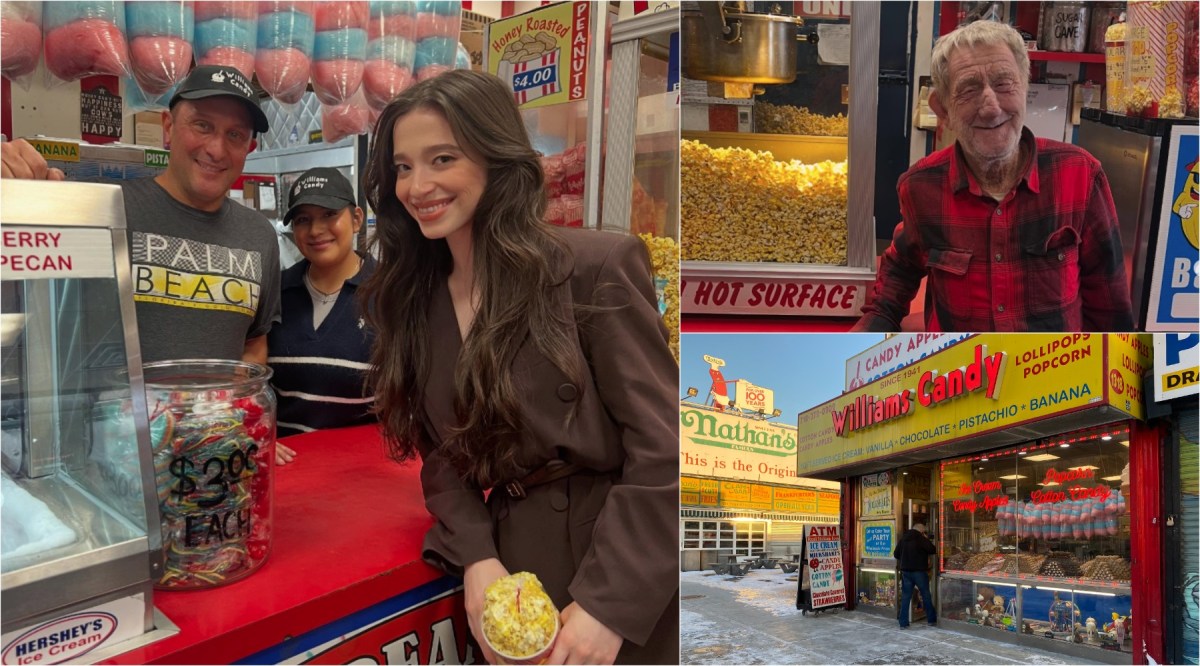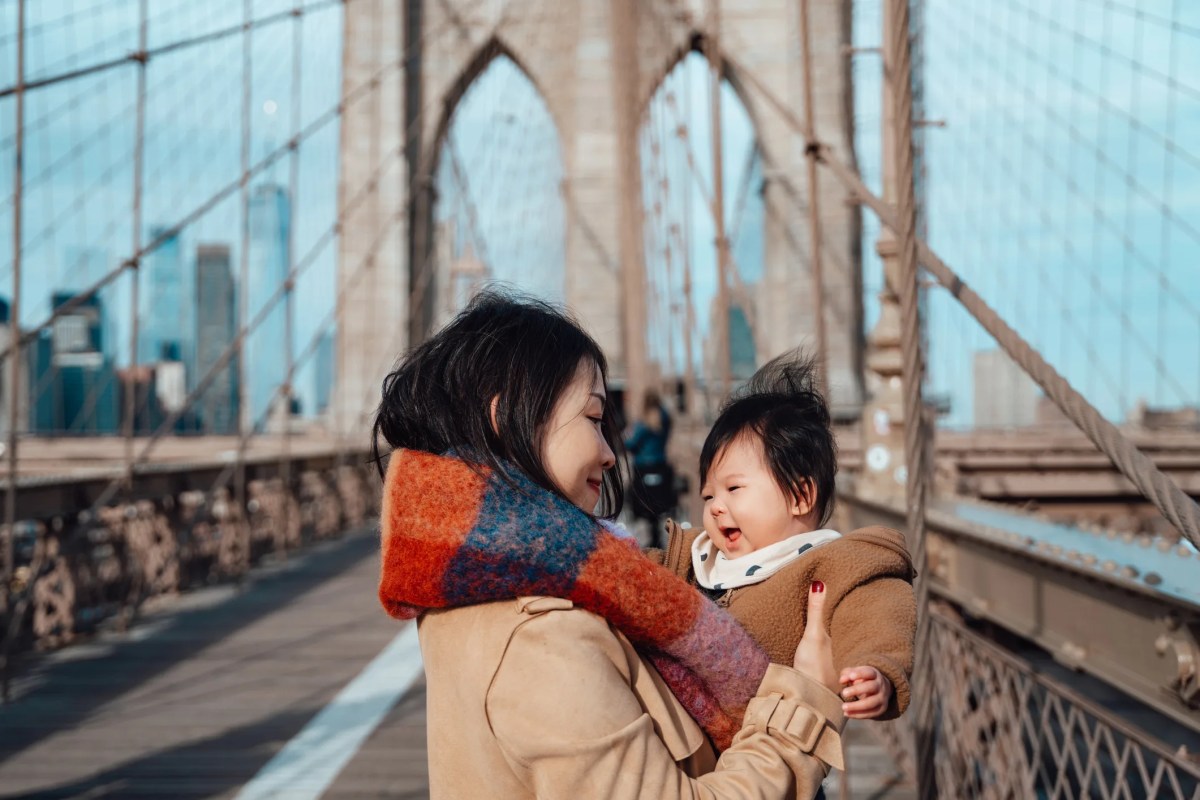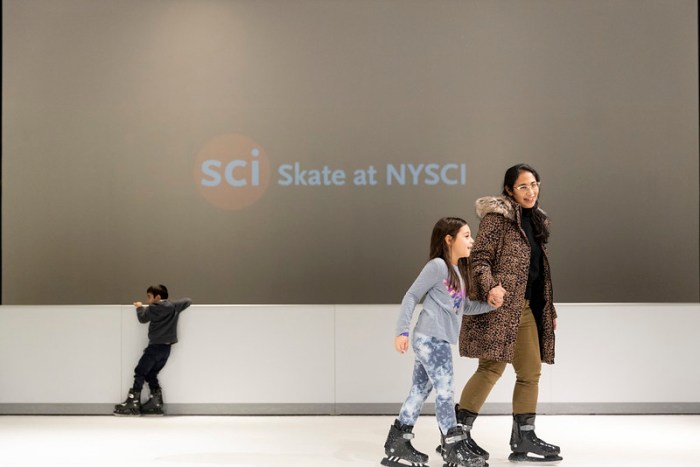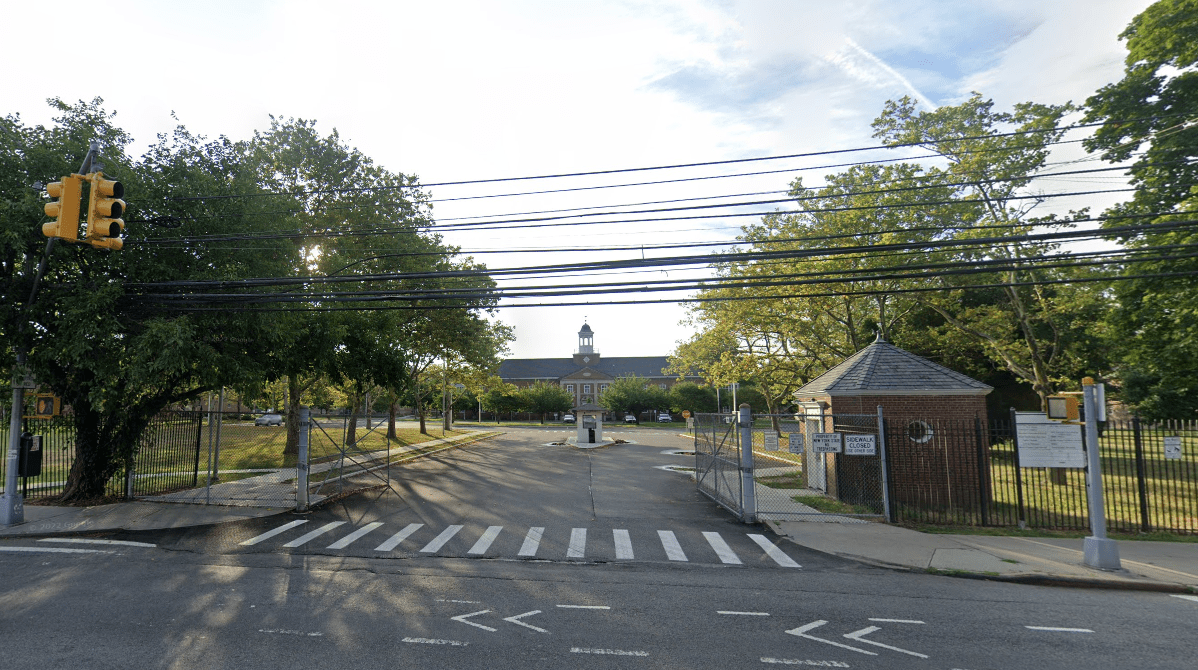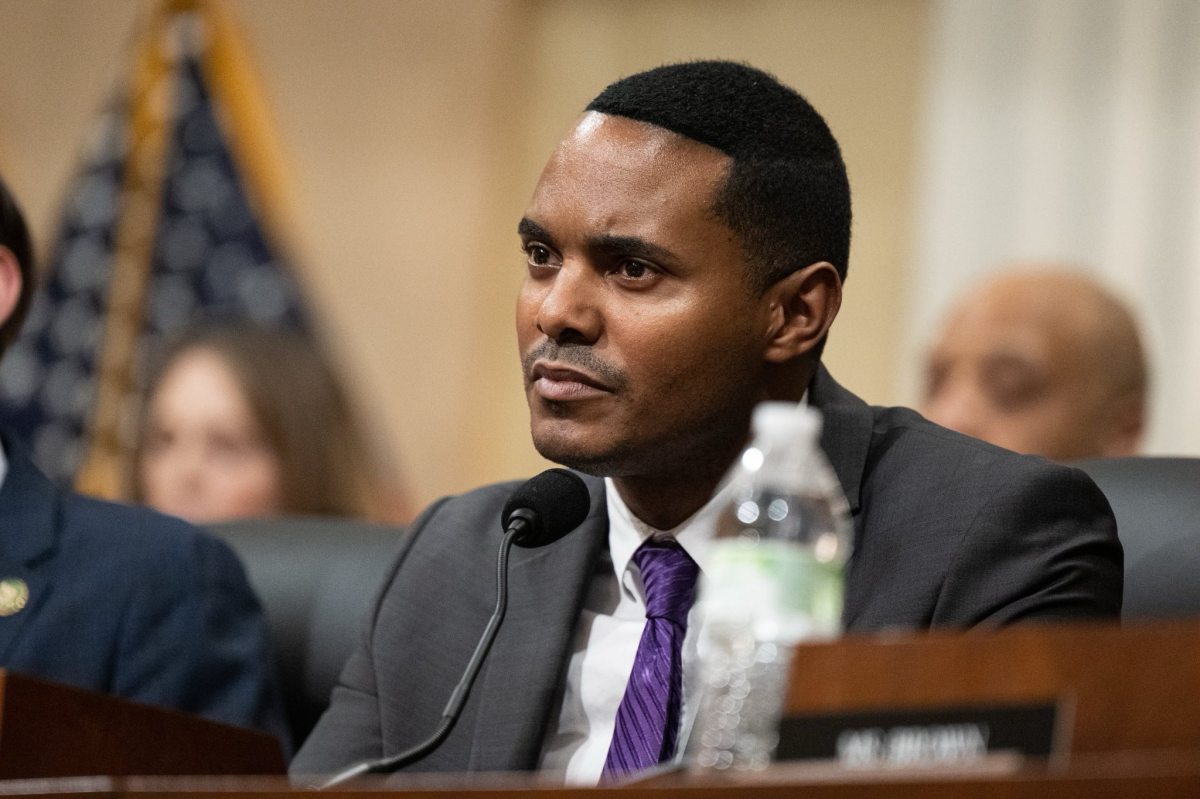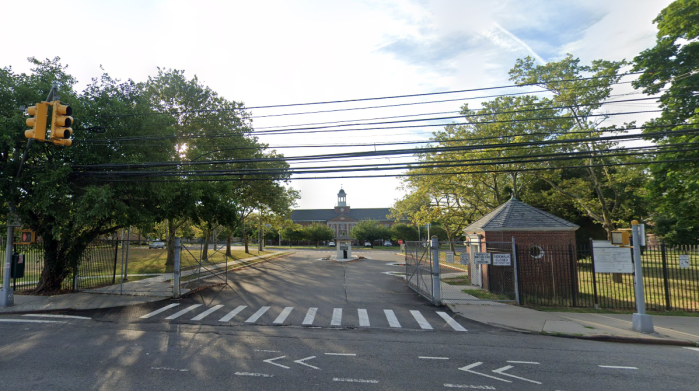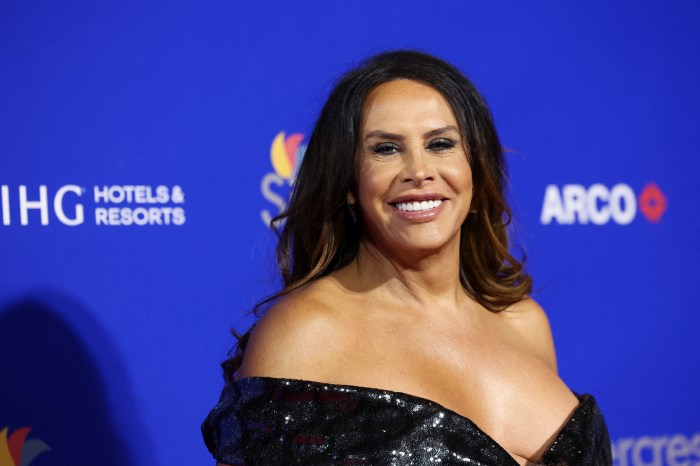On Friday night, more than 25 rappers, DJs and others will gather at the Barclays Center to celebrate the 30th anniversary of “YO! MTV Raps,” the original hip-hop program on the music channel.
In the months following, MTV will “relaunch” “YO!” in some fashion (“across linear and digital platforms,” according to a news release, though what that actually means to viewers is still to be announced).
That seems like a lot for a three-decade old television show on a channel that long ago seemed to partially abandon the “music” part of its name. But it’s not a stretch to say that hip-hop’s rise to its current status in the world, its dominant position in pop culture, started in 1988 with three VJs, a catalog of music videos that hadn’t been broadcast, and a bubbling-over well of creativity that was finally given an outlet.
Before there was “YO!,” rap music was almost exclusively a New York thing. Without the internet spreading the word around the world, people outside of major city centers got word of cultural happenings from radio, which at the time was uninterested in what it saw as a fad.
“Rap music wasn’t being played on a regular basis on mainstream radio at this time,” says Fab 5 Freddy, a visual artist-turned VJ who was one of hip-hop’s earliest recognizable names thanks to a shout-out on Blondie’s “Rapture.” “It was still a secret that these people in New York and Philly and a few other places knew about.”
“MTV began its life essentially as an analog to segregated rock radio,” says Dan Charnas, author of “The Big Payback: The History and Business of Hip-Hop.” “For most of the 1970s, FM rock radio had become mostly segregated along racial lines. Where you would have heard Led Zeppelin and Stevie Wonder played right next to each other, you only heard Led Zeppelin. The people who founded MTV were radio people from that world.”
From MTV’s start in 1981, white artists found it much easier to break into the programming at the music channel. David Bowie famously called out the station on its own air during an interview, saying, “I’m just floored by the fact that there’s so few black artists featured on it.” According to Charnas, it took a threatened boycott by CBS Records to get Michael Jackson’s “Billie Jean” on the air, but even after artists like Jackson and Prince started to get airplay there seemed little room for artists of color.
“The first big attraction for me was trying to get a look at what Michael Jackson was doing when Thriller happened,” Freddy says. “A bit later, you began to hear that they weren’t playing a bunch of black music, and that wasn’t a cool thing, when I realized that.”
It took a couple of everyday employees to change that. Ted Demme would go on to direct “Beautiful Girls” and “Blow,” but his first contribution to culture came when he, as a production assistant, and another MTV employee/member of the downtown New York scene, Peter Dougherty, pitched the network on a show focusing on the burgeoning hip-hop culture.
They were given the chance to film a pilot, and the first episode of “YO! MTV Raps” aired on Aug. 6, 1988, hosted by Run-D.M.C. and featuring DJ Jazzy Jeff and the Fresh Prince (the first video aired was Eric B. and Rakim’s “Follow the Leader”). According to reports, it earned the highest rating of anything on MTV to that point.
“It debuts, and far surpasses their expectations,” Charnas says, “just like every black movie that comes out in Hollywood — ‘oh my goodness! I didn’t know there was a market for this!’”
Obviously, Run-D.M.C. wasn’t going to drop their touring career to host a video show, but Dougherty had an idea of who could take over: Fab 5 Freddy, a graffiti artist and hip-hop pioneer. He would take “YO!” to the artists themselves, capturing what it was like in their parts of the country; one particularly memorable episode had Freddy interviewing N.W.A. in the back of a pickup truck in Compton, with the rappers wearing bulletproof vests.
“It was the biggest surprise when they reached out to me to be the host of a rap show. I was like, ‘Huh? Me? What?” Freddy says. “There was a little hesitation … I didn’t want to be another one of those VJs sitting in a room with these weird backgrounds. I would be more comfortable if I could be in the street, if I could go where the music was coming from, being that I understood the culture of hip-hop, I knew that guys were making music in their basements and their bedrooms and how they lived was a reflection of what their music was about.”
After the early success of Freddy’s weekend show, the network was eager to expand the footprint of “YO!” But Freddy didn’t want to host a daily version of the program. So MTV instead paired Doctor Dré, who had DJed for the Beastie Boys, and Ed Lover to host “YO! MTV Raps Today,” a studio-based show that was maybe even more unlikely than Freddy’s weekend affair.
“I’m not the MTV Type,” Dré says, with a laugh. “I don’t even look like the MTV type — I’m a fat black guy! I don’t look like any of those beautiful models and skinny people.”
“Fab was cool,” Lover says. “I wasn’t that cool. I knew I was funny, but Fab is cool as [expletive]. We couldn’t do what Fab was doing, so we brought the comedy part to it, just two dudes watching hip-hop videos in the basement.”
With that, MTV now featured rap music for at least a small block six days a week. Combined with the show’s timing — the late ‘80s through 1995 was a major chunk of what would be called hip-hop’s “golden era” — the profile of rap music began an astronomical rise.
“There was Video Music Box — God bless Ralph McDaniels — and they had tried Graffiti Rock on Channel 11, but once MTV got a hold of it, I knew it was going to be big,” Lover said.
Artists started to see a major difference; record sales would spike seemingly every time a video aired. When Chubb Rock’s “Ya Bad, Chubbs” started gaining national exposure, it was thanks to “YO! MTV Raps.”
“You just prayed that the video made the grade on there, let alone having Ed and Doctor Dré talk about it,” Rock says. “Doctor Dré was like, ‘there’s a new big dude on the scene.’ And Ed said something like, ‘yeah, but you’re still bigger than him.’ It was incredible — that’s what broke the record, ‘YO! MTV Raps.’ It was more than a video show. It was what broke the music cross the country. Nobody else was giving hip-hop love on that scale.”
As importantly, the show never wanted for guests. The authenticity of the product meant that it was adopted not just by fans, but by the artists, as well.
“It wasn’t just the playing of the video,” Rock says. “It was the love they gave to the video and the artists who made it. You knew that Ed and Dré were dedicated to letting people know who these artists were.”
“I got a chance see MC Lyte, to see KRS-One, to see Eric B. and Rakim, a chance to see Kool G Rap and [DJ] Polo, N.W.A.,” says Erick Sermon, who appeared on the show both as one-half of EPMD and, later, as a solo artist. “’YO!’ was something you couldn’t wait to see, because you were a fan too.”
But the biggest feat was “YO!” permeating the consciousness of young music fans across the country, and across all demographic lines, spreading hip-hop culture and rap music through cable to corners of America they were yet to travel.
“This is before social media, all of that,” Rock says. “When I would go to Milwaukee or Minnesota, and there’s no black radio in these areas, it was ‘yo, I know about you because of ‘YO! MTV Raps.’ … Black people, white people, Asian people — I don’t care who you were, that was the number one show on MTV.”
“It was teaching a person in Iowa that didn’t have hip-hop on the radio what hip-hop was,” Lover says. “It was a culturally sound show, and we made sure of it. That was important. And also we were teaching somebody from Oakland, California, about who Ed G and the Bulldogs from Boston were, and introducing Boston, Massachusetts, to Too Short and E-40.”
There may have been no single moment more telling of “YO!”’s influence than when Lover and Dré took part in the network’s annual spring break celebration in Daytona, Florida. The two hosts were used to filming a week of shows in one day, with their outfits for the “week” in bags by their sides and going behind the set’s backdrop to change.
“Ed and I walked out there and said, ‘I think we’ve found heaven,’” Dré says. “And what really made us think we’d found heaven was when we went out there and we saw 50,000 kids of all colors, shapes and sizes, cheering and screaming for this music and these artists. It made us really say, ‘we’d done something here.’”
As the years changed, though, so did the dynamic of hip-hop’s relationship with the channel. The “M” in MTV started to fade, with the introduction of “The Real World” in 1992, “Beavis and Butt-Head” in 1993 and “Singled Out” in 1995. Other genre-specific shows faced the ax as well; “Headbangers Ball,” dedicated to metal, was canceled in early 1995.
As importantly, hip-hop had become a major part of the station’s general programming strategy. “Gangsta’s Paradise” by Coolio and “Keep Their Heads Ringin’” by Dr. Dre were as inescapable as Weezer’s “Buddy Holly” in 1995, and that year’s Video Music Award for Video of the Year was won by TLC’s “Waterfalls,” the first such honoree to feature a rapped verse.
“It became much easier to have Jay Z on the main programming — he didn’t have to start on ‘YO!,” says Charnas. “But I think MTV was shifting its programming anyway, moving toward reality shows like ‘The Real World.’”
The final episode aired in September of 1995, but it’s legacy still lasts today: “YO!” took rap music from the boroughs to the rest of the planet.
“I remember my first trip to Africa in the early ’90s,” Freddy says. “I went to Lagos, Nigeria, for a big concert and people were watching “YO! MTV Raps” there. MTV didn’t even realize their satellite footprint went that far. People still come up to me to this day, telling me stories about a cousin who would send VHS tapes to Africa and 20 or 30 kids would gather to watch it. It helped ignite the culture around the world.”
If you go: ‘YO! MTV Raps: 30th Anniversary Experience’ is on Friday at Barclays Center, 620 Atlantic Ave., Prospect Heights, Barclayscenter.com, $156-$156
How to do the Ed Lover Dance
If Ed Lover and Doctor Dré were the Laurel and Hardy of “YO! MTV Raps Today,” then the Ed Lover Dance might have been its “Who’s on First?” It was a trademark of the show, often imitated but never quite duplicated (you’ve got to leave the mouth hanging open!).
We asked the dance’s namesake for the simple breakdown:
“First of all, the kudos go to T-Money. He invented it, and he was like, ‘you have to do this every week,’ and we didn’t have anything on Wednesdays.”
“The steps to the Ed Lover dance: both arms extended in front of you, pop two to the right, pop two to the left, and that’s it. And Dré just threw on [“900 Number” by] The 45 King and it fit. So just two to the right, two to the left, two to the right, two to the left.” (Robert Spuhler)



